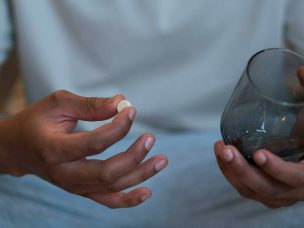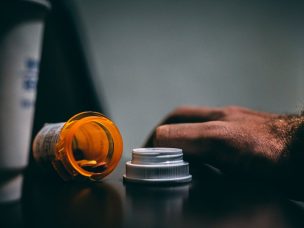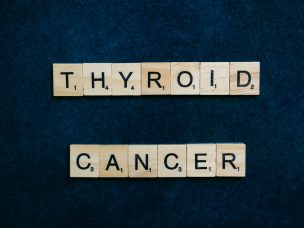Patients will be required to see a doctor in person to get a first prescription for opioids, ADHD drugs
The Biden administration will require that patients see a doctor in person, rather than through a telehealth appointment, to get a first prescription for opioid painkillers and attention-deficit/hyperactivity disorder (ADHD) drugs like Adderall and Ritalin. Prescription refills will still be allowed during telehealth appointments, however.
The U.S. Drug Enforcement Administration also plans to tighten prescribing for less addictive drugs, such as codeine, Xanax, Ambien, and buprenorphine. Those drugs will be allowed to be prescribed once via telehealth for a 30-day dose, but then patients will need to see a doctor in person to get a refill. The DEA plans for this new rule to go into effect before May 11, when the COVID-19 public health emergency expires.
“DEA is committed to ensuring that all Americans can access needed medications,” DEA Administrator Anne Milgram said in an agency news release announcing the changes. “DEA is committed to the expansion of telemedicine with guardrails that prevent the online overprescribing of controlled medications that can cause harm.”
It will be important for people needing these medications to plan for a visit to a doctor before then, a bigger barrier for those who live in rural areas. Patients will need to see their doctor in person within six months after the rule goes into effect.
Other common prescriptions, including birth control, antibiotics, insulin, and skin creams, will still be allowed to be prescribed through telehealth appointments.










